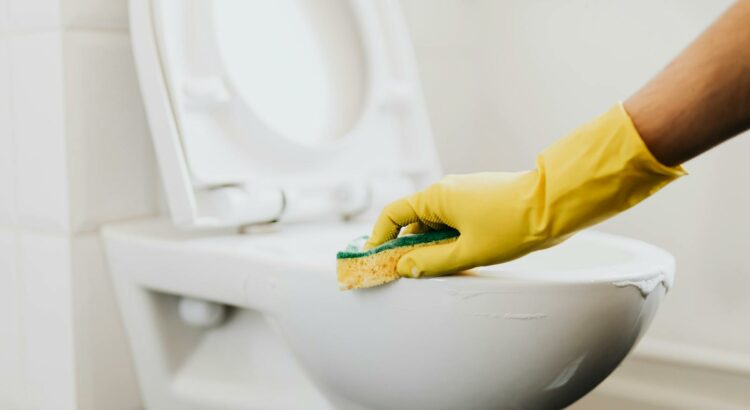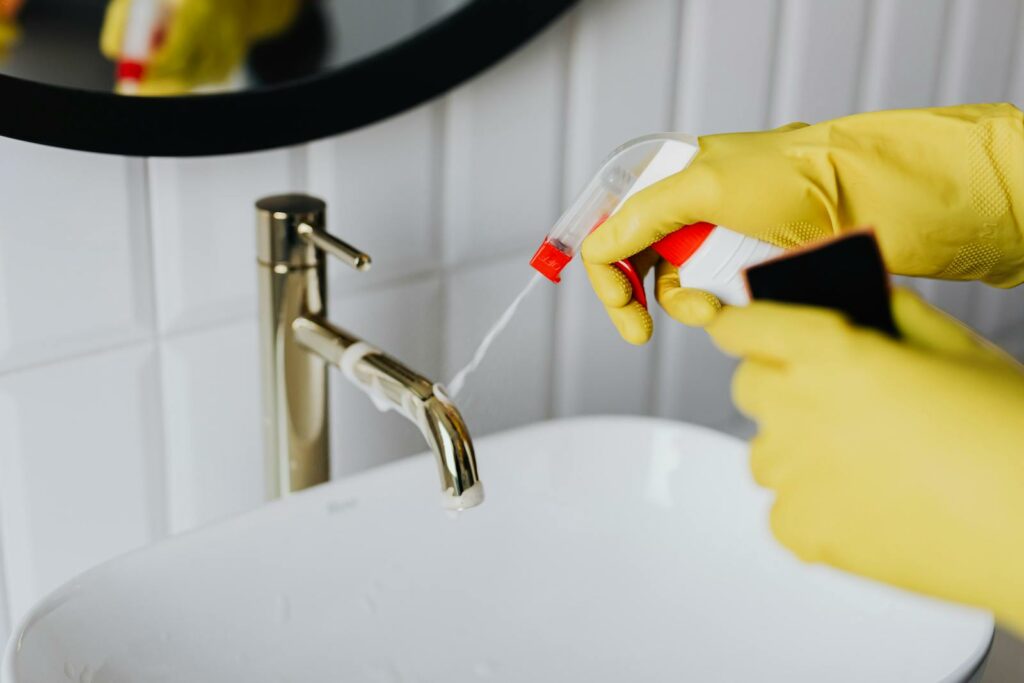
Welcome to the ultimate guide on keeping your bathroom squeaky clean and germ-free! As we all know, the bathroom can be a breeding ground for bacteria and germs if not properly maintained. From toothbrush holders to toilet seats, every surface in the bathroom is a potential hotbed for nasty microbes. But fear not! With the right tips and tricks, you can easily keep your bathroom sparkling and sanitary. In this article, we will explore the best practices for disinfecting your bathroom, so you can enjoy a fresh and hygienic space in your home. So, grab your gloves and let’s dive into the world of bathroom sanitation!
Table of Contents
- Keeping It Clean with the Right Disinfectants
- Embrace the Power of Steam Cleaning
- The Scrubbing Technique for Maximum Cleanliness
- Daily Wipe-Down Routines to Combat Germs
- Making the Most of Natural Disinfectants
- Ventilation: Your Secret Weapon Against Mold
- Don’t Forget the Nooks and Crannies
- Disinfecting the Throne: A Guide to Toilet Hygiene
- Towel and Linen Management for a Germ-Free Bathroom
- The Frequency Factor: How Often Should You Disinfect
- Questions & Answers for Best Practices for Disinfecting Your Bathroom
- In Retrospect
Keeping It Clean with the Right Disinfectants
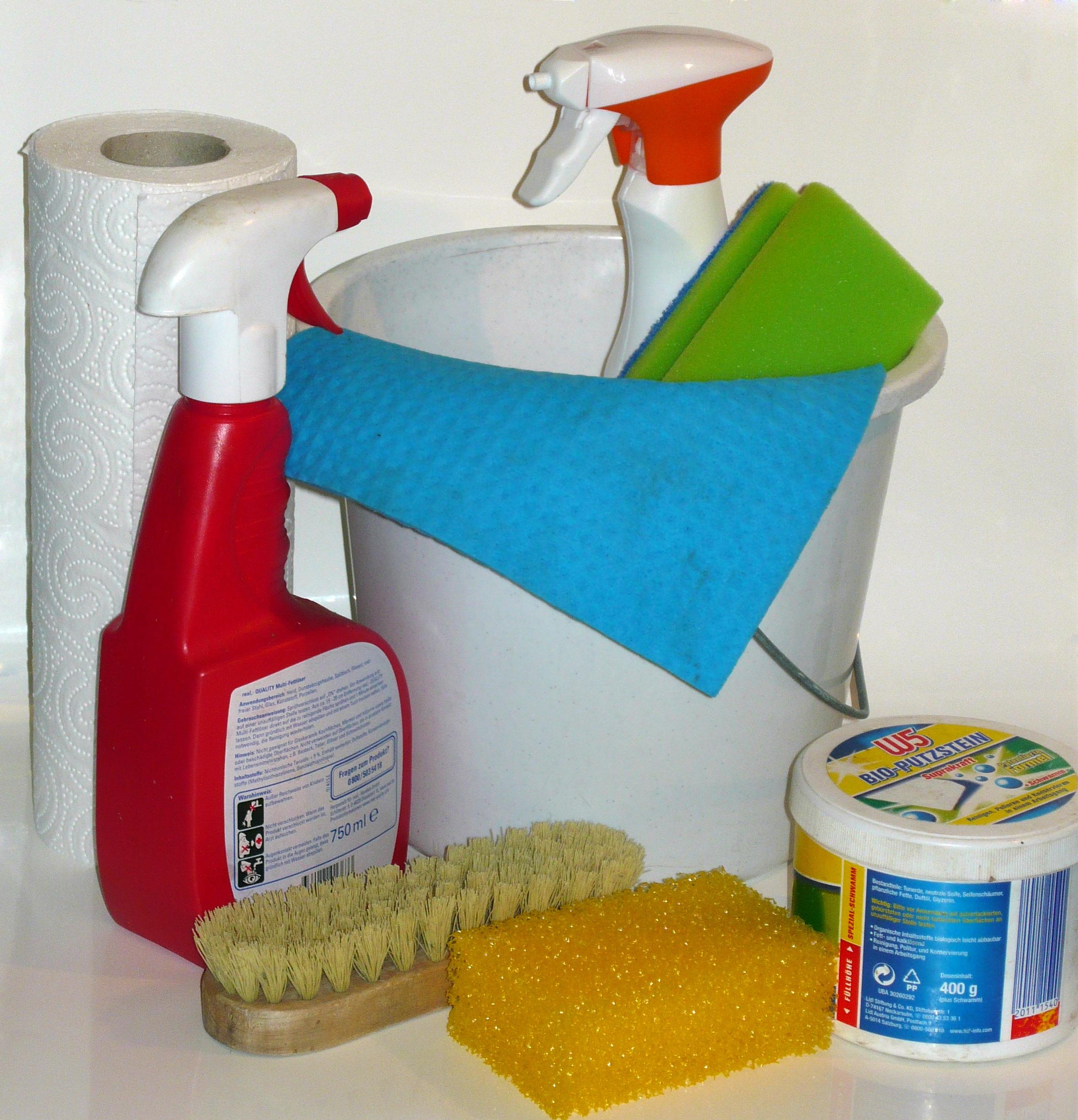
Keeping your bathroom clean and properly disinfected is crucial for maintaining a healthy and hygienic living environment. By using the right disinfectants and following best practices, you can ensure that your bathroom remains free from harmful germs and bacteria.
Here are some tips for effectively disinfecting your bathroom:
Choose the Right Disinfectant: Not all cleaning products are created equal, so it’s important to select a disinfectant that is specifically designed for use in the bathroom. Look for products that are effective against a wide range of bacteria and viruses, and that are safe to use on commonly-touched surfaces like counters, faucets, and toilet seats.
Follow Proper Application Techniques: When using disinfectants, it’s important to follow the manufacturer’s instructions for application. This may involve allowing the product to sit for a certain amount of time before wiping it away, or using a specific technique for applying the product to ensure full coverage and effectiveness.
Focus on High-Touch Areas: Certain areas of the bathroom are more prone to harboring germs, so it’s important to pay extra attention to these high-touch surfaces. These may include light switches, door handles, and toilet flush handles. Make sure to thoroughly disinfect these areas with a suitable product to help prevent the spread of illness-causing bacteria.
Regular Maintenance: Finally, maintaining the cleanliness and sanitation of your bathroom is an ongoing task. By regularly disinfecting surfaces and implementing good hygiene practices, you can help to prevent the buildup of germs and maintain a healthy environment for you and your family.
Embrace the Power of Steam Cleaning
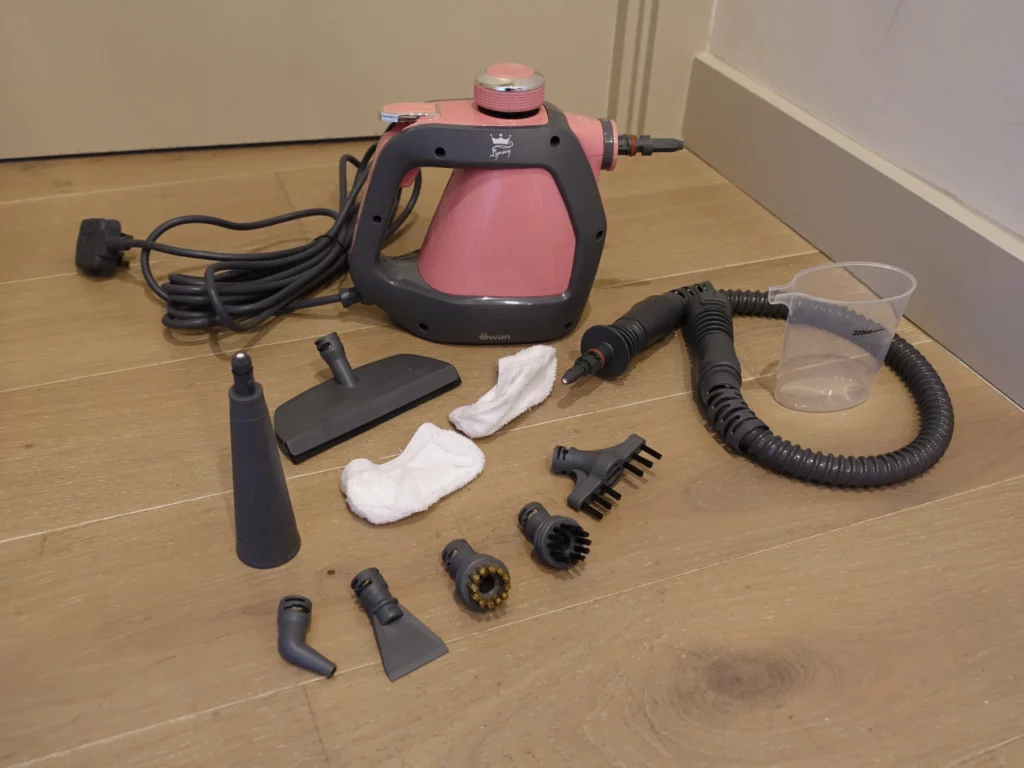
When it comes to disinfecting your bathroom, one of the most effective methods is to embrace the power of steam cleaning. Steam cleaning not only helps to eliminate dirt and grime, but it also kills bacteria and germs, leaving your bathroom sanitized and fresh.
Here are some best practices for steam cleaning your bathroom:
- Preparation: Before you start steam cleaning, make sure to remove any items from the bathroom that could be damaged by moisture. Open windows and doors to ensure proper ventilation.
- Choose the Right Equipment: Invest in a high-quality steam cleaner specifically designed for use in bathrooms. Look for features such as adjustable steam settings, a variety of attachments, and a long cord for easy maneuverability.
- Target High-Touch Areas: Focus on steam cleaning high-touch areas such as faucets, door handles, toilet seats, and light switches to effectively eliminate germs and bacteria.
- Regular Maintenance: Incorporate steam cleaning into your regular bathroom cleaning routine to maintain a hygienic environment.
By embracing the power of steam cleaning, you can ensure that your bathroom is not only clean but also thoroughly disinfected, providing a safe and healthy space for you and your family.
The Scrubbing Technique for Maximum Cleanliness
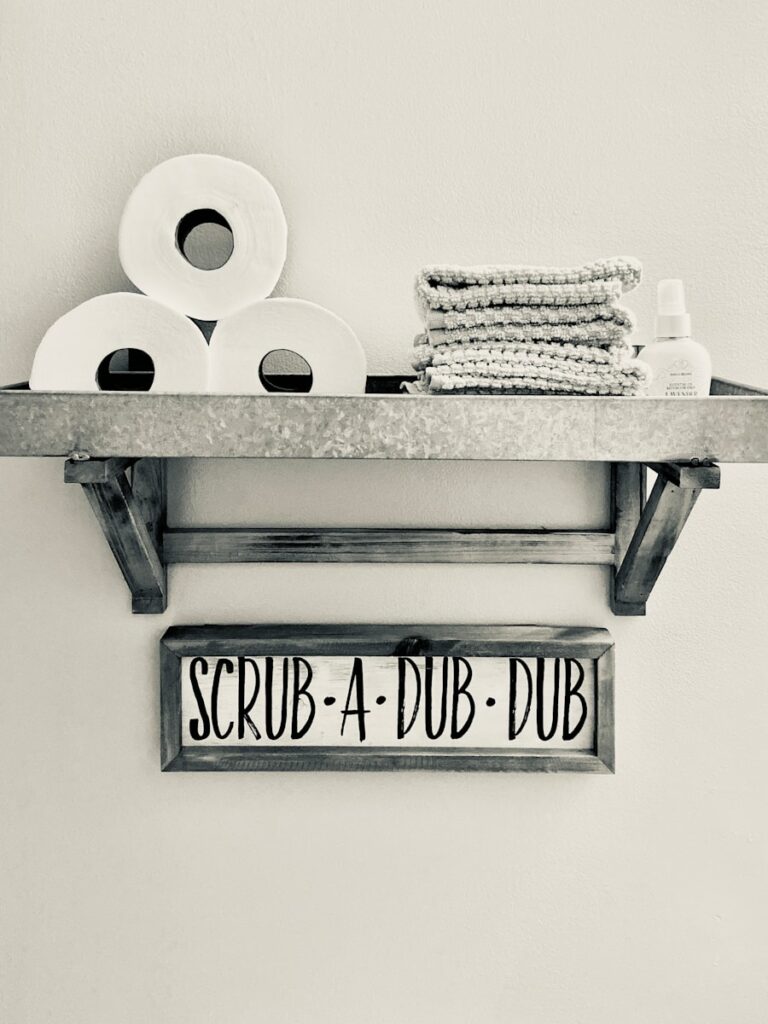
When it comes to disinfecting your bathroom, the scrubbing technique is essential for achieving maximum cleanliness.
Follow these steps to ensure that every surface in your bathroom is thoroughly sanitized:
- Gather your supplies: Before you begin, make sure you have all the necessary cleaning supplies on hand, including disinfectant spray or wipes, a scrub brush, and gloves.
- Start with the toilet: Use a disinfectant spray or wipe to thoroughly clean the toilet bowl, seat, and exterior. Use a scrub brush to tackle any stubborn stains, paying close attention to the area around the base of the toilet.
- Clean the shower and bathtub: Spray the surfaces with a disinfectant cleaner and use a scrub brush to remove any soap scum or mildew. Don’t forget to clean the shower curtain or door as well.
- Focus on the sink and countertops: Wipe down the sink and countertops with a disinfectant, and use a scrub brush to tackle any grime or stains.
- Don’t forget the floors: Use a mop or scrub brush to clean the bathroom floor with a disinfectant cleaner, paying special attention to grout lines and corners.
By following this scrubbing technique, you can ensure that your bathroom is not only clean, but also thoroughly disinfected, helping to keep your home a healthy and safe environment. And remember, regular cleaning and disinfection of your bathroom is key to maintaining proper sanitation and hygiene.
Daily Wipe-Down Routines to Combat Germs
When it comes to keeping your bathroom clean and germ-free, establishing a daily wipe-down routine is essential. By incorporating best practices for disinfecting your bathroom into your daily cleaning routine, you can effectively combat germs and ensure a sanitary environment for you and your family. Here are a few simple steps to follow:
Step 1: Gather Your Supplies
- Disinfectant spray or wipes
- Multipurpose cleaner
- Microfiber cleaning cloths
- Scrub brush
- Toilet bowl cleaner and brush
Step 2: Start with Surfaces
Begin by spraying disinfectant on all surfaces, including countertops, sink, and faucets. Use a microfiber cloth to wipe down these areas, paying special attention to high-touch surfaces like light switches and doorknobs.
Step 3: Clean and Sanitize the Toilet
Apply toilet bowl cleaner to the interior of the toilet and let it sit while you clean the exterior with a multipurpose cleaner. Use a scrub brush to scrub the inside of the bowl, then flush. Wipe down the exterior of the toilet with a disinfectant wipe for added sanitation.
Step 4: Finish with the Floors
Finally, sweep and mop the floors, using a disinfectant cleaner in the mop water for an extra layer of protection. Be sure to pay attention to any grout or crevices where dirt and germs can accumulate.
Making the Most of Natural Disinfectants
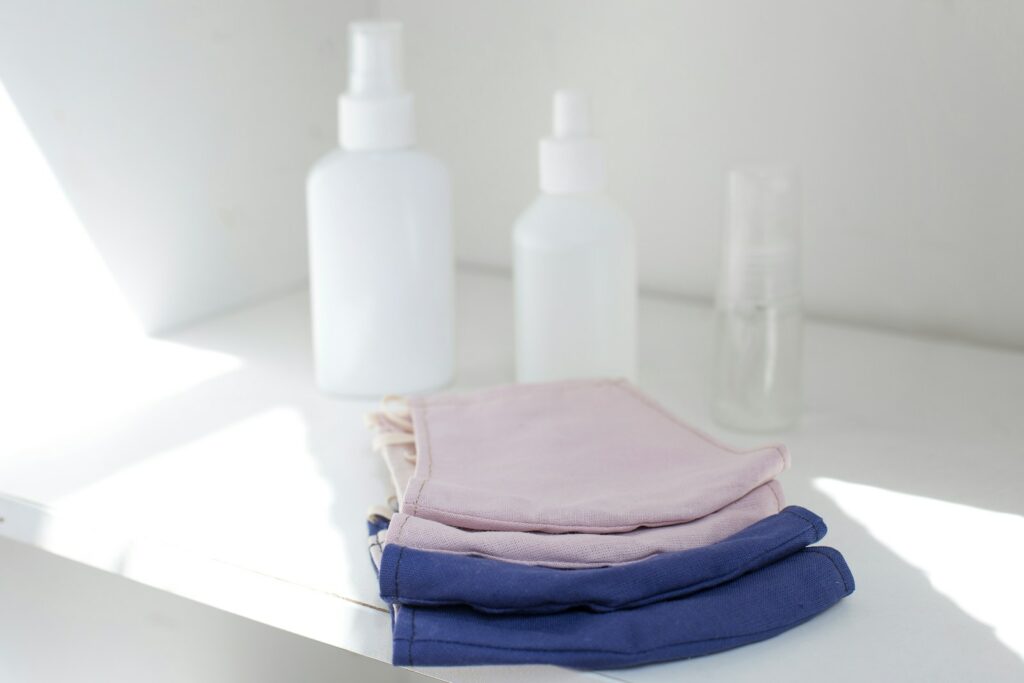
When it comes to disinfecting your bathroom, natural alternatives can be just as effective as chemical cleaners, without the harmful side effects.
Here are some best practices for in your bathroom:
Use vinegar and water solution: Vinegar is a natural disinfectant that can effectively kill germs and bacteria. Mix equal parts of water and vinegar in a spray bottle, and use it to clean and disinfect surfaces in your bathroom.
Utilize hydrogen peroxide: Hydrogen peroxide is a powerful disinfectant that can kill bacteria, viruses, and mold. Apply it directly to surfaces in your bathroom, let it sit for a few minutes, then wipe it clean with a damp cloth.
Try tea tree oil: Tea tree oil has antimicrobial properties that make it an effective natural disinfectant. Mix a few drops of tea tree oil with water in a spray bottle, and use it to clean and disinfect your bathroom surfaces.
Consider using essential oils: Many essential oils, such as lavender, lemon, and eucalyptus, have natural antibacterial and antiviral properties. Add a few drops of these essential oils to your cleaning solutions to boost their disinfecting power.
By incorporating these natural disinfectants into your bathroom cleaning routine, you can effectively kill germs and bacteria without exposing yourself to harsh chemicals. Plus, these natural alternatives are often more affordable and environmentally friendly than their chemical counterparts.
Ventilation: Your Secret Weapon Against Mold
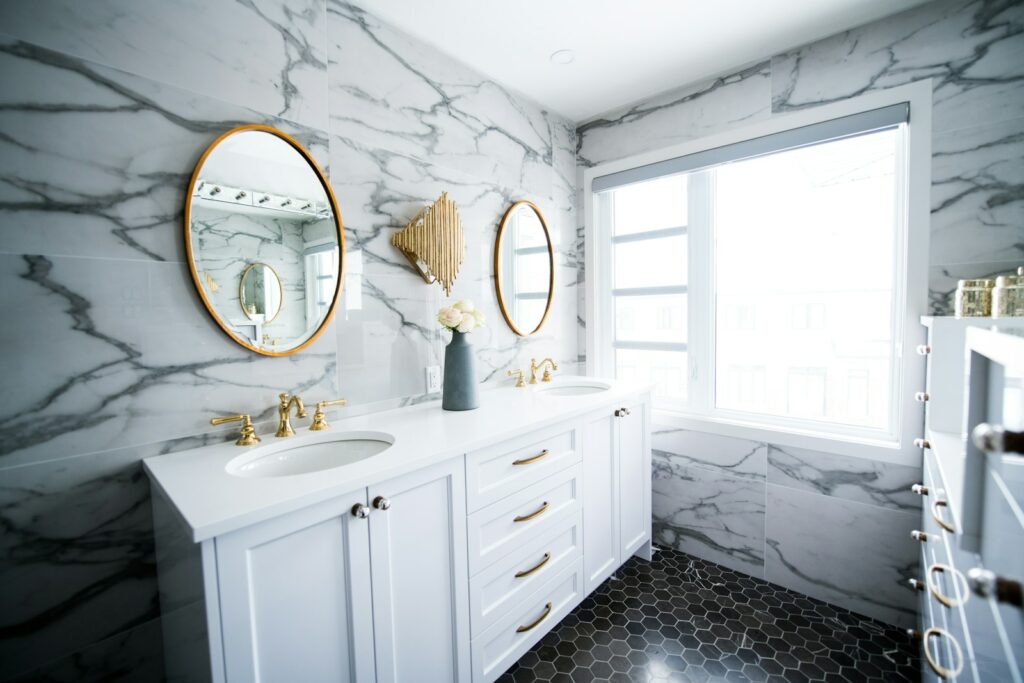
When it comes to preventing mold in your bathroom, proper ventilation is key. Mold thrives in damp, humid environments, making the bathroom a prime breeding ground. By ensuring that your bathroom is well ventilated, you can effectively combat mold growth and keep your space clean and healthy.
Here are some best practices for using ventilation as your secret weapon against mold:
- Install a high-quality exhaust fan to help remove moisture from the air after showers and baths.
- Keep bathroom windows open when possible to allow fresh air to circulate.
- Consider using a dehumidifier in particularly humid climates or if you have a consistently damp bathroom.
In addition to using ventilation as a defense against mold, it’s important to regularly clean and disinfect your bathroom to prevent mold and bacteria growth. By incorporating both ventilation and sanitation practices, you can create a clean, healthy environment that is resistant to mold and other harmful contaminants.
By following these best practices for disinfecting your bathroom and using proper ventilation, you can effectively combat mold growth and keep your bathroom clean and healthy for you and your family. Remember, prevention is key when it comes to mold, so be proactive in implementing these strategies to maintain a safe and enjoyable bathroom space.
Don’t Forget the Nooks and Crannies
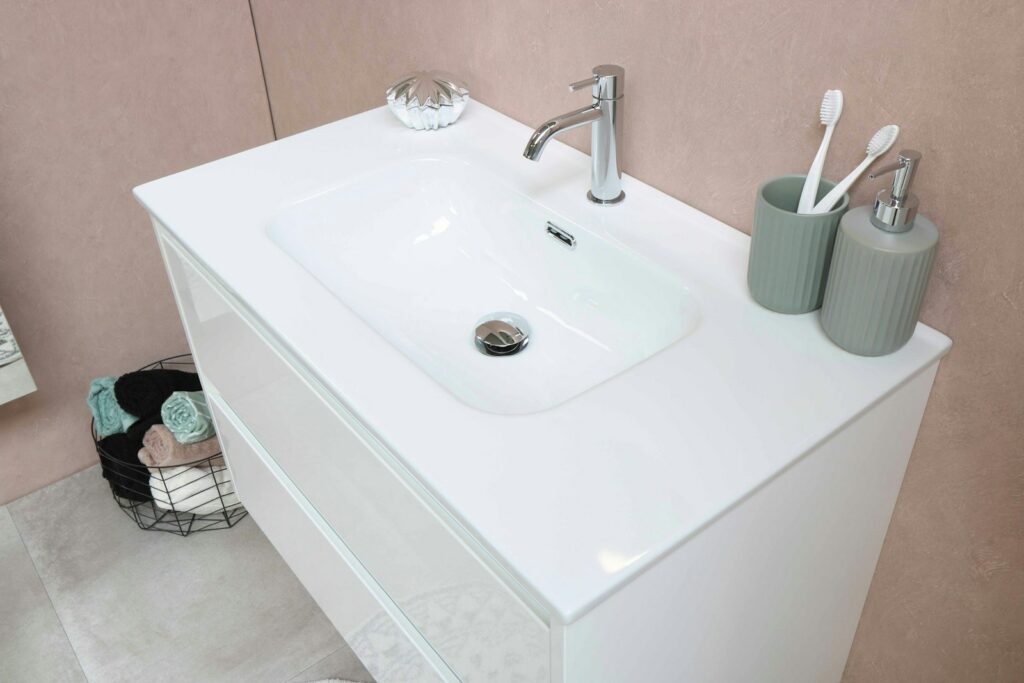
When it comes to disinfecting your bathroom, it’s important to pay attention to every nook and cranny to ensure a thorough clean. Here are some often overlooked areas that should not be forgotten:
- Behind the Toilet: Dust and grime tend to accumulate in this hard-to-reach area. Use a disinfectant spray and a microfiber cloth to wipe down the back of the toilet and the surrounding floor.
- Under the Sink: Remove all items from under the sink and wipe down the interior with a disinfectant. Don’t forget to clean the pipes and any items stored in this area.
- Shower Curtain: The bottom of the shower curtain can harbor soap scum and mold. Wash your shower curtain regularly and be sure to clean the bottom edge to eliminate any buildup.
- Light Fixtures: Dust and dead bugs can accumulate on light fixtures. Use a damp cloth to wipe them down and disinfect the surfaces.
Taking the time to address these often neglected areas can make a big difference in the overall cleanliness and sanitation of your bathroom.
Recommended Disinfecting Products
When it comes to disinfecting your bathroom, it’s important to use products that are effective yet safe for use in a residential setting. Here are some recommended products to consider:
| Product | Pros | Cons |
| Bleach | Powerful disinfectant | Strong odor and can be harsh on surfaces |
| Vinegar | Natural and non-toxic | May not be as effective against certain bacteria |
| Hydrogen Peroxide | Effective against bacteria and viruses | May cause discoloration on surfaces |
It’s important to choose a disinfectant that suits your needs and preferences. Be sure to follow the manufacturer’s instructions for proper usage and always test a small area before applying to larger surfaces.
Disinfecting the Throne: A Guide to Toilet Hygiene
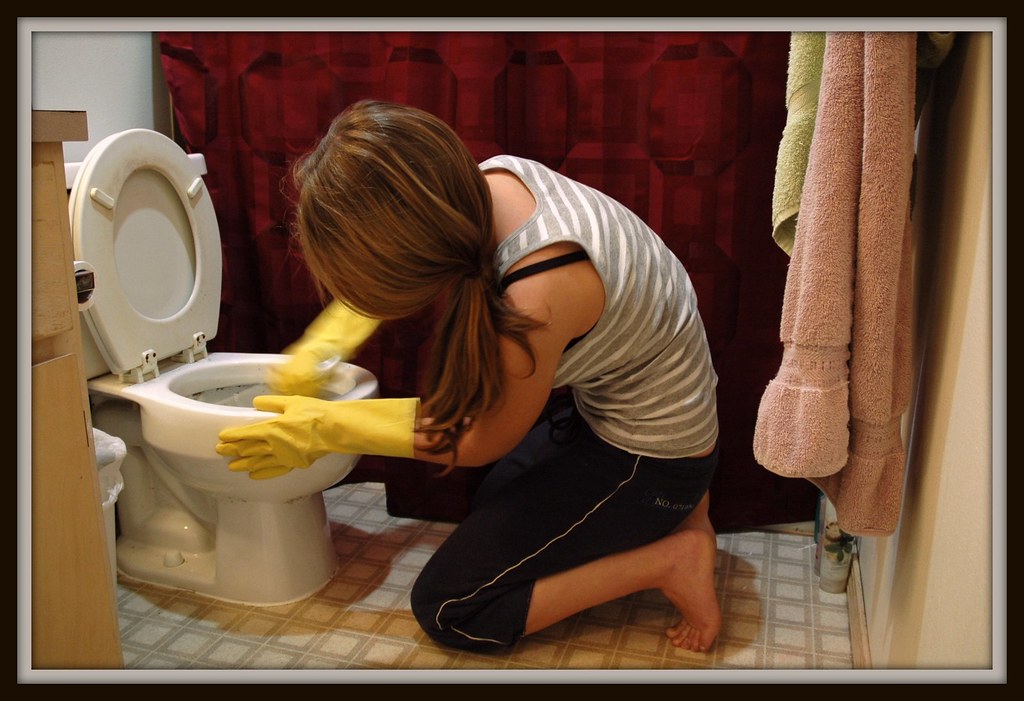
Keeping your toilet clean and hygienic is essential for maintaining a healthy bathroom environment. Here are some best practices for disinfecting your bathroom:
1. Use the right cleaning products: When it comes to disinfecting your toilet, it’s important to use the right cleaning products. Look for disinfectants that are specifically designed for bathroom use, as they will be effective at killing germs and bacteria.
2. Scrub thoroughly: When cleaning your toilet, make sure to scrub all surfaces thoroughly, including the bowl, seat, and base. Use a toilet brush and a strong cleaning solution to ensure that all traces of dirt and germs are removed.
3. Focus on high-touch areas: Pay special attention to high-touch areas such as the flush handle, toilet seat, and toilet paper holder. These areas can harbor a lot of bacteria, so be sure to clean them thoroughly with a disinfectant.
4. Regularly sanitize: To maintain a hygienic bathroom, it’s important to regularly sanitize your toilet. Make it a part of your cleaning routine to disinfect your toilet at least once a week to ensure that it stays clean and germ-free.
Towel and Linen Management for a Germ-Free Bathroom
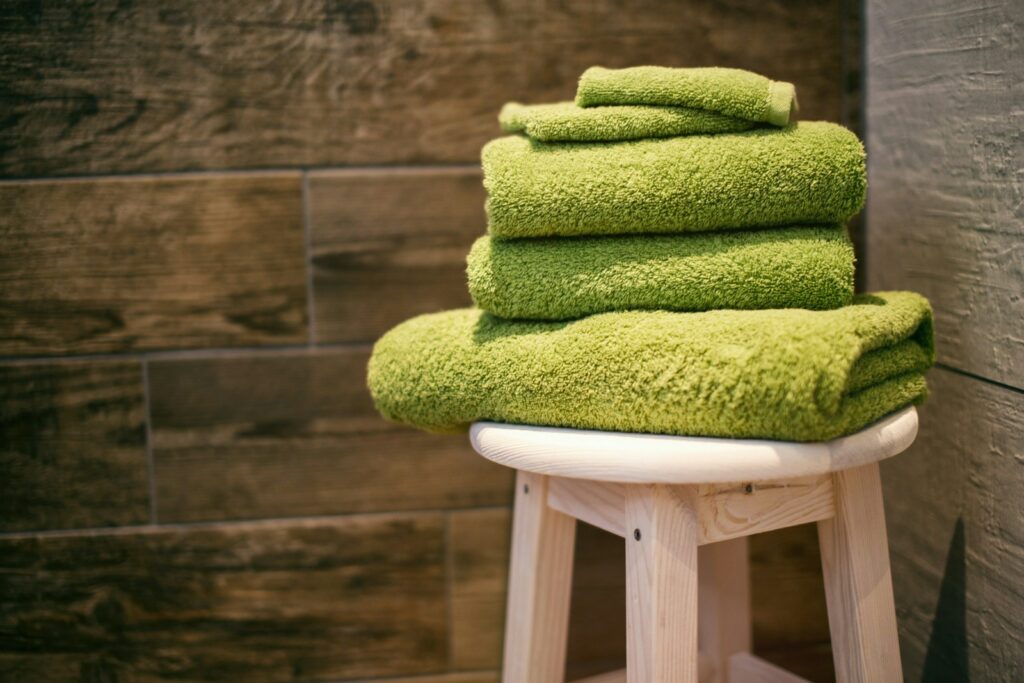
When it comes to maintaining a germ-free bathroom, proper towel and linen management is crucial. Follow these best practices to ensure a clean and sanitary environment:
1. Use separate towels for hand drying and body drying to prevent the spread of germs. Consider using disposable paper towels for hand drying in public restrooms.
2. Wash towels and linens regularly in hot water and bleach to kill bacteria and viruses. Make sure to dry them thoroughly to prevent the growth of mold and mildew.
3. Store clean towels and linens in a dry, well-ventilated area to prevent the accumulation of moisture and bacteria.
4. Consider using antimicrobial towels and linens, which are treated to inhibit the growth of bacteria and mold. While more expensive, they can provide an extra layer of protection against germs.
The Frequency Factor: How Often Should You Disinfect
When it comes to bathroom sanitation, the frequency of disinfecting is crucial for maintaining a clean and healthy space. The frequency at which you should disinfect your bathroom depends on various factors, including the number of people using the bathroom, the level of activity, and the presence of illness.
Here are some best practices for disinfecting your bathroom to keep it clean and germ-free.
Everyday Cleaning: It’s important to clean and disinfect high-touch surfaces in your bathroom on a daily basis. These include doorknobs, light switches, faucet handles, toilet handles, and countertops. Using a disinfectant spray or wipes specifically designed for bathrooms can help kill germs and bacteria effectively.
Weekly Deep Cleaning: In addition to daily cleaning, it’s recommended to perform a deep clean of your bathroom at least once a week. This includes scrubbing the toilet, sink, shower, and bathtub with a disinfectant cleaner to remove any built-up grime and bacteria. Pay special attention to hidden areas where germs can accumulate, such as grout lines and behind the toilet base.
Monthly Maintenance: On a monthly basis, it’s beneficial to tackle larger cleaning tasks in your bathroom, such as washing shower curtains and liners, cleaning showerheads, and sanitizing the trash can. These tasks can help prevent the buildup of mold, mildew, and bacteria in hard-to-reach areas.
Seasonal Deep Clean: Every few months, consider performing a more extensive deep clean of your bathroom, including cleaning and disinfecting the exhaust fan, scrubbing tile grout, and decluttering and organizing cabinets and drawers. This comprehensive cleaning can help maintain a hygienic and pleasant bathroom environment.
In summary, the frequency of disinfecting your bathroom is essential for preventing the spread of illness and maintaining a clean and inviting space. By incorporating these best practices into your cleaning routine, you can ensure that your bathroom remains a healthy and hygienic environment for you and your family. For effective cleaning and disinfecting products for your bathroom, consider checking out reputable brands such as Clorox and Lysol. Remember, a little effort in maintaining bathroom sanitation can go a long way in promoting good health and well-being.
Questions & Answers for Best Practices for Disinfecting Your Bathroom
How often should I disinfect my bathroom?
It’s best to disinfect your bathroom at least once a week to prevent the buildup of germs and bacteria.
What is the best disinfectant to use in the bathroom?
There are several effective disinfectants to use in the bathroom, including bleach, hydrogen peroxide, and alcohol-based cleaners. Choose one that suits your preferences and needs.
Can I use natural products to disinfect my bathroom?
Yes, natural products such as vinegar, baking soda, and essential oils can be effective for disinfecting your bathroom. They are also eco-friendly and safe to use around children and pets.
How should I disinfect bathroom surfaces properly?
To properly disinfect bathroom surfaces, first, clean them with a regular cleaner, then apply a disinfectant and let it sit for a few minutes before wiping it off. Be sure to follow the instructions on the disinfectant label.
What areas of the bathroom should I focus on when disinfecting?
Focus on disinfecting commonly touched surfaces such as doorknobs, faucet handles, toilet flush handles, light switches, and countertops.
How should I disinfect the toilet?
To disinfect the toilet, use a toilet bowl cleaner and scrub the inside of the bowl. Then, spray the outside with a disinfectant and wipe it clean.
How can I keep my bathroom smelling fresh and clean after disinfecting?
To keep your bathroom smelling fresh, regularly clean and disinfect the surfaces, use air fresheners, open windows for ventilation, and regularly wash towels and bath mats.
Is it necessary to wear gloves when disinfecting the bathroom?
It’s always best to wear gloves when disinfecting the bathroom to protect your skin from harsh chemicals and potential bacteria.
Should I disinfect my bathroom after someone in my household has been sick?
Yes, it’s important to disinfect the bathroom after someone has been sick to prevent the spread of germs and bacteria.
What are some best practices for maintaining bathroom sanitation in between cleanings?
To maintain bathroom sanitation in between cleanings, wipe down surfaces regularly, keep the bathroom well-ventilated, and encourage household members to wash their hands and use disinfectant wipes as needed.
In Retrospect
We hope these best practices for disinfecting your bathroom have been helpful and informative. Maintaining a clean and sanitized bathroom is essential for a healthy and happy home. Remember to regularly disinfect high-touch surfaces, use the right cleaning products, and don’t forget about the little details like toothbrush holders and soap dishes. By following these tips, you can ensure that your bathroom remains a clean and pleasant space for you and your family. So go ahead, roll up your sleeves, and give your bathroom the deep clean it deserves! And don’t forget to enjoy the fresh, clean feeling of a sparkling bathroom.
